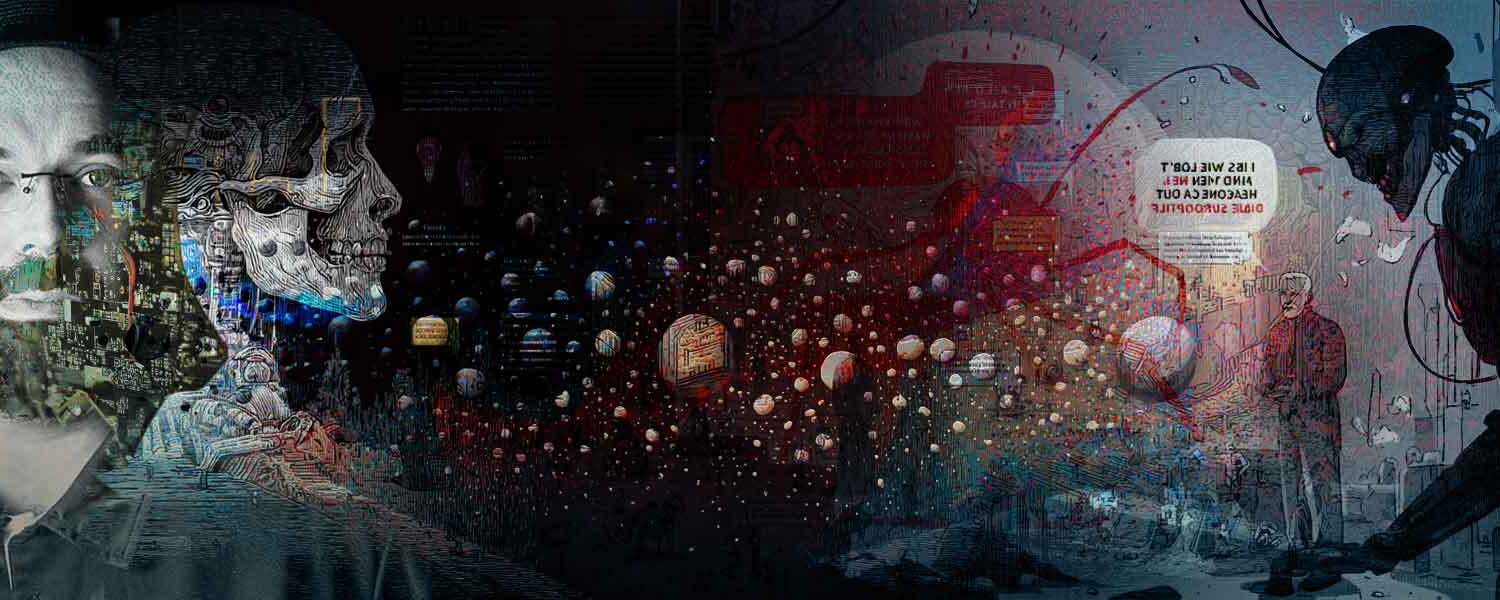Google’s AI Mode is now available to Spanish-speaking users worldwide.


Tesla’s upcoming robo-taxi milestone of deploying 2,000 vehicles is expected to significantly boost its margins and potentially double or triple its free cash flow, marking a critical point in the company’s expansion and growth ##
## Questions to inspire discussion.
Tesla’s Robo Taxi Strategy.
🚕 Q: What is Tesla’s approach to deploying robo taxis across the US? A: Tesla plans to seed robo taxis across multiple cities nationwide, rather than focusing on a single market, to demonstrate benefits to regional regulators, define drop-off and pickup zones, and establish presence before scaling up.
🏙️ Q: Which cities are part of Tesla’s initial robo taxi expansion plans? A: Tesla’s robo taxi expansion includes Austin, Bay Area, Nevada, Arizona, Florida, and other states, with Austin and Bay Area currently offering invite-only services.
Financial Impact and Pricing.

A new physics-based algorithm clears a path toward nuclear microreactors that can autonomously adjust power output based on need, according to a University of Michigan-led study published in Progress in Nuclear Energy.
Easily transportable and able to generate up to 20 megawatts of thermal energy for heat or electricity, nuclear microreactors could be useful in remote locations such as rural communities, disaster zones, military bases or even cargo ships, in addition to other applications.
If integrated into an electrical grid, nuclear microreactors could provide stable, carbon-free energy, but they must be able to adjust power output to match shifting demand—a capability known as load following. In large reactors, staff make these adjustments manually, which would be cost-prohibitive in remote areas, imposing a barrier to adoption.


OpenAI and NVIDIA today announced a letter of intent for a landmark strategic partnership to deploy at least 10 gigawatts of NVIDIA systems for OpenAI’s next-generation AI infrastructure to train and run its next generation of models on the path to deploying superintelligence. To support this deployment including data center and power capacity, NVIDIA intends to invest up to $100 billion in OpenAI as the new NVIDIA systems are deployed. The first phase is targeted to come online in the second half of 2026 using the NVIDIA Vera Rubin platform.
“NVIDIA and OpenAI have pushed each other for a decade, from the first DGX supercomputer to the breakthrough of ChatGPT,” said Jensen Huang, founder and CEO of NVIDIA. “This investment and infrastructure partnership mark the next leap forward — deploying 10 gigawatts to power the next era of intelligence.”
“Everything starts with compute,” said Sam Altman, cofounder and CEO of OpenAI. “Compute infrastructure will be the basis for the economy of the future, and we will utilize what we’re building with NVIDIA to both create new AI breakthroughs and empower people and businesses with them at scale.”

Review of “If Anyone Builds It, Everyone Dies: Why Superhuman AI Would Kill Us All” (2025), by Eliezer Yudkowsky and Nate Soares, with very critical commentary.
Yudkowsky and Soares present a stark warning about the dangers of developing artificial superintelligence (ASI), defined as artificial intelligence (AI) that vastly exceeds human intelligence. The authors argue that creating such AI using current techniques would almost certainly lead to human extinction and emphasize that ASI poses an existential threat to humanity. They argue that the race to build smarter-than-human AI is not an arms race but a “suicide race,” driven by competition and optimism that ignores fundamental risks.



The artificial intelligence models that turn text into images are also useful for generating new materials. Over the last few years, generative materials models from companies like Google, Microsoft, and Meta have drawn on their training data to help researchers design tens of millions of new materials.
But when it comes to designing materials with exotic quantum properties like superconductivity or unique magnetic states, those models struggle. That’s too bad, because humans could use the help. For example, after a decade of research into a class of materials that could revolutionize quantum computing, called quantum spin liquids, only a dozen material candidates have been identified. The bottleneck means there are fewer materials to serve as the basis for technological breakthroughs.
Now, MIT researchers have developed a technique that lets popular generative materials models create promising quantum materials by following specific design rules. The rules, or constraints, steer models to create materials with unique structures that give rise to quantum properties.
See my Comment below for a link to David Orban’s 20 minute talk.
In this keynote, delivered at The Futurists X Summit, on September 22 in Dubai, David Orban maps how AI and humanoid robotics shift us from steady exponential progress to an acceleration of acceleration—what he calls the Jolting Technologies Hypothesis. He argues we’re not in a zero-sum economy; as capability compounds and doubling times shrink, we unlock new degrees of freedom for individuals, firms, and society. The challenge is to steer that power with clear narratives, robust safety, and deliberate design of work, value, and purpose.
You’ll hear:
• Why narratives (optimism vs. doom) shape which futures become real.
• How shortening doubling times in AI capabilities pull forward timelines once thought 20–30 years out.
• Why trust in AI is task-relative: if +5% isn’t enough, aim for 10× reliability.
• The coming phase transformation as intelligence becomes infrastructure (homes, mobility, industry).
• Concrete social questions (e.g., organ donation post–road-death decline) that demand AI-assisted governance.
• Why the nature of work will change: from jobs as status to human aspiration as value.
Key ideas:
• Humanoid robots at scale: rapid iteration, non-fragile recovery, and human-complementary performance.
• Designing agency: go from idea → action with near-instant execution; experiment, learn, and iterate fast.
• From zombies to luminaries: use newfound freedom to architect lives worth living.
Resources & Links: